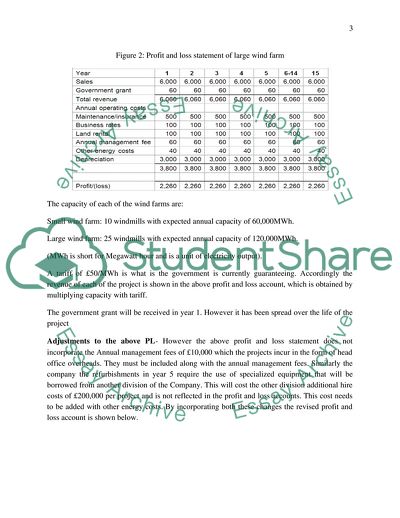Cite this document
(Strategic Corporate Finance Case Study Example | Topics and Well Written Essays - 2000 words, n.d.)
Strategic Corporate Finance Case Study Example | Topics and Well Written Essays - 2000 words. https://studentshare.org/finance-accounting/1814112-strategic-corporate-finance
Strategic Corporate Finance Case Study Example | Topics and Well Written Essays - 2000 words. https://studentshare.org/finance-accounting/1814112-strategic-corporate-finance
(Strategic Corporate Finance Case Study Example | Topics and Well Written Essays - 2000 Words)
Strategic Corporate Finance Case Study Example | Topics and Well Written Essays - 2000 Words. https://studentshare.org/finance-accounting/1814112-strategic-corporate-finance.
Strategic Corporate Finance Case Study Example | Topics and Well Written Essays - 2000 Words. https://studentshare.org/finance-accounting/1814112-strategic-corporate-finance.
“Strategic Corporate Finance Case Study Example | Topics and Well Written Essays - 2000 Words”. https://studentshare.org/finance-accounting/1814112-strategic-corporate-finance.


